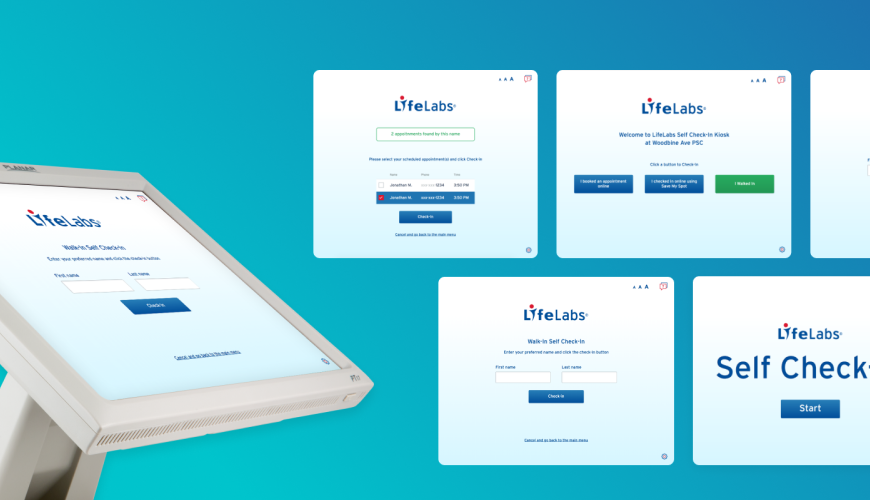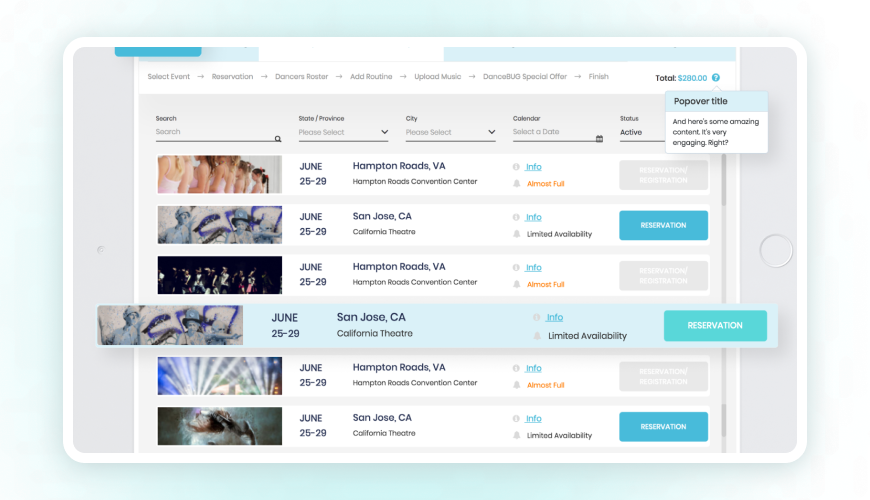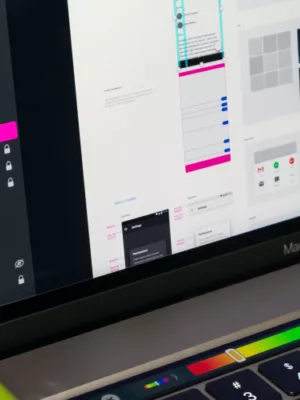
When we talk about web development and design, two terms consistently spark curiosity among our customers: UI (User Interface) and UX (User Experience). Understanding the difference between UI and UX can impact the project's success. UI and UX, are more than just two design components; they are the heart and soul of a digital product, each playing a distinct role in enhancing user interaction and satisfaction. In this post, we want to demystify these two elements, explain the difference between UI and UX, and showcase how they contribute to your business's profitability and success.
Before we get into the details of UI and UX differences and why those elements matter to your business, let's look at these revealing numbers.
- Web Site Success: A study by Forrester Research suggests that a well-designed UI could raise a website’s conversion rate by up to 200%, while better UX design could yield conversion rates up to 400%.
- Mobile Usage: With over 90% of global internet users accessing the internet via mobile, optimized UX and UI are decisive.
- ROI of UX Investment: The research suggests that every dollar invested in UX can return from 2 to 100$, underscoring the value of UX in digital products.
- Accessibility: Inclusive UX/UI will accommodate users with special needs, ensuring wider accessibility and usability for all.
UX and UI differences: The basics
UX as a comprehensive journey. UX is all about a user's journey through the app or website. It's the overall experience, from how easy the site is to navigate to how users feel while interacting with it. UX focuses on usability and the effectiveness of the user journey. A good UX means you find what you need seamlessly and fast, whether it is a registration page or a checkout page. From a business perspective, UX means visitor satisfaction, lead generation, and conversion.
UI as the aesthetic interface. UI is the visual component of a website or app. It includes the layout, the buttons, the color schemes—essentially, the interface that users interact with. It’s the visual journey a user embarks on when navigating a product. The difference between UI and UX starts with UI laying the groundwork for a successful UX.
Understanding the Difference Between UI and UX with a Car Analogy
To better understand the difference between UI and UX, let's consider the analogy of a car. The UX is akin to the overall driving experience—how comfortable the seats are, the ride's smoothness, the ease of viewing through the windows, and the car's handling of different road conditions. It also includes factors like fuel efficiency, reliability, and whether it fulfills the driver's needs.
In contrast, the UI of a car is similar to the car's interior and dashboard design. This includes the steering wheel, pedals, gear shifter, instrument panel, and all the controls and buttons the driver interacts with. A well-designed car UI means these elements are not only intuitive and simple to use but also aesthetically pleasing and ergonomically placed, just as in digital design.
When UX meets UI: Connecting Functionality and Form
When UX and UI come together, it's like witnessing a perfect harmony between functionality and aesthetics. This unity of UX's focus on a smooth, efficient user journey and UI's vibrant, interactive visuals creates a wholly immersive and intuitive experience. It's where practicality meets creativity, resulting in a user experience that's both engaging and deeply satisfying. This is where the difference between UI and UX truly shines. It blends two critical aspects of design into one seamless, captivating user experience.
Convergine’s Approach to UI and UX
UX and UI are integral parts of each design project as we consider them in tandem. In the LifeLabs Kiosk project, for instance, we developed a UI design that was not only visually pleasing but also exceptionally user-friendly, ensuring easy navigation through health services. The minimalist design, combined with a consistent style and a pleasant look, simplifies the step-by-step check-in process.

In the Dance Bug project, our challenge was to balance eye-catching UI with an engaging UX. Our design was tailored to make event participation and organization smooth and enjoyable for all users.
By meticulously blending visual elements with functional design, we provided an effortless and interactive experience that caters equally to the needs of both participants and organizers at dance events.

UX Analysis: A Core service at Convergine
UX Analysis is our core service to ensure your website or app is designed based on real data and user needs rather than mere assumptions and guesswork. This comprehensive process involves studying user behavior, identifying friction points, mapping user journeys, designing a robust Information Architecture (IA), and drawing wireframes.
The insights gathered from UX analysis form a foundational framework for our designers and developers. This framework guides them in making informed decisions throughout the development process, allowing them to integrate these user experience insights into the final product effectively.
Summing Up
As user expectations for seamless experiences grow, incorporating UX and UI in digital products becomes increasingly important. Responsive design, immersive experiences, AI integration, and innovative design techniques are shaping user experiences. Convergine excels in integrating UX and UI components into all our digital products, delivering exceptional experiences that meet and exceed user expectations.
Now that you know the difference between UI and UX and the impact it can create, let's turn these insights into action. Let our experts analyze your current digital experience and create a strategic plan to enhance user engagement, satisfaction, and conversion rates.
Take advantage of our free consultation call and discover how we can enhance your website's UX/UI to drive better results.







